You’ve Been Sitting On The Toilet Incorrectly Your Whole Life. Here’s How To Do It Right
Discover the surprising posture change that boosts comfort and improves bathroom health today!
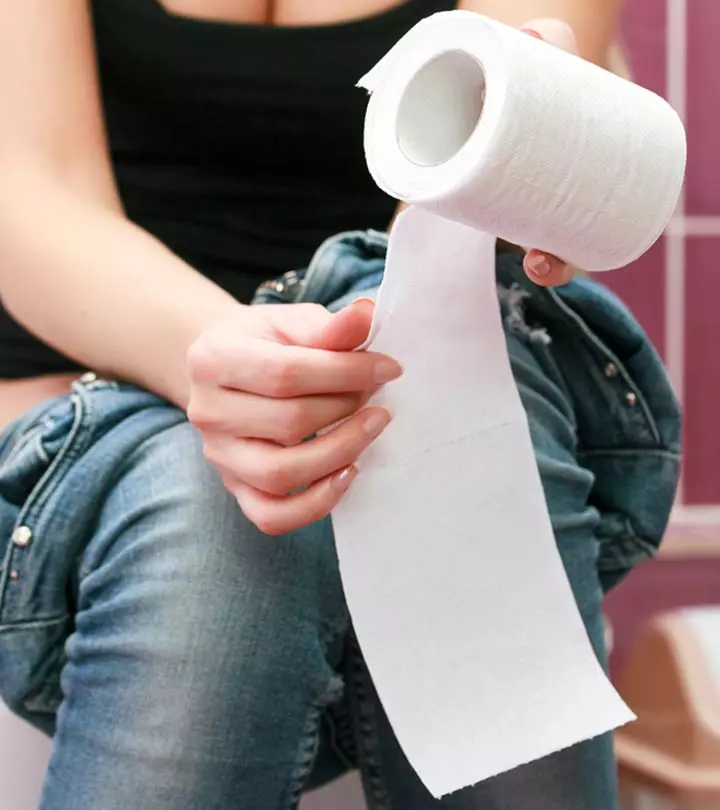
Image: Shutterstock
While we may all shy away from talking about it, the truth of the matter is that we all poop. Like, regularly. Yet, it does come as a real surprise that the correct toilet posture is somewhat of a mystery to a majority of the population.
Research indicates that we aren’t meant to sit as we relieve those bowels. Yes, the ubiquitous sitting toilets are what we’re all familiar with. But, fun fact: these modern-day contraptions actually became popular in the Western world during the 19th century, when humanity had finally cracked sewage systems that led to improved sanitation.
Today, sitting on toilets is the norm. In fact, certain restrooms in New Zealand actually go so far as to put up signs forbidding customers and the general public from squatting on their toilets (a popular Asian custom).
Yet, science begs to differ. Squatting has been proven to be a much healthier and quicker method of defecation. In fact, the King of Rock-n-Roll, Elvis Presley, actually died from succumbing to a heart attack he developed while straining on the toilet. Which does raise a pertinent question – would Elvis still be here if only he’d known to squat?
Why Nature Demands We Squat
Experts say the ideal posture for pooping is the squatting posture, where our thighs make contact with our abdomen. In such a position, the muscle puborectalis, which encircles the rectum, causing it to bend, will relax its grip and allow the rectum to relatively straighten out.
To imagine this, picture a water hose that is bent. The water hose signifies your rectum that can’t get much water out, thereby leading to straining. Once you straighten the hose out, the water can flow out easily.
Once straightened, the rectum speeds up the elimination of fecal matter, thereby preventing any fecal stagnation, which could lead to appendicitis, colon cancer, or inflammatory bowel disease. It also helps reduce straining and protects those nerves that are responsible for controlling the bladder, prostate, and uterus from being stretched and damaged.
Do You Mean The Modern-Day Toilet Is Causing Trouble?
These days, the Internet is abuzz with angry humming regarding Western toilets. It led to several online personalities, including Dr. Oz and Dr. Mercola, writing specific online posts touting the splendors of a proper toilet posture. In fact, recently, even Bill Gates decided to hold a contest that required participants to redesign what is currently hailed as the modern-day toilet. It is beginning to seem as though everyone has grown out of love for the traditional toilet, and they’re not entirely without reason.
Most of us have been obediently sitting on regular toilets since childhood, and throughout our lives, we’ve probably never questioned this custom. However, though our modern-day toilets may be designed to provide added comfort to your rump, they may actually be guilty of contributing to certain very uncomfortable pooping problems. These include:
1. Hemorrhoids
Hemorrhoids (or piles) is a condition in which you develop inflamed anal varicose veins, which can produce burning, itching, and pain around the anus. When we strain during bowel movements, we increase our chances of developing hemorrhoids (1). Women are even more vulnerable to this disease during pregnancy as their expanding uterus will put added pressure on the veins in their colon, causing them to swell.
2. Constipation
Let’s be honest, the majority of us aren’t fulfilling our daily recommended amounts of fruits or vegetables. Even worse, we’re usually guilty of not drinking enough water. These habits generally lead to the formation of dry and hard stools, which are difficult for the body to eject, especially with our improper toilet posture.
3. Urinary Infections Or Difficulties
Urinary flow is much easier and stronger when we squat. The bladder can be emptied more thoroughly when we squat rather than when we sit or “hover”. Squatting can also help reduce the intensity as well as the frequency of urinary tract infections.
4. Pelvic Floor Issues
One of the leading causes of problems related to the pelvic floor muscles is when people strain as they sit on the toilet. The practice of sitting exerts a significant amount of pressure on our anorectal angle, causing the lower portion of our colon to protrude into the vaginal wall.
5. Colon Disease
It is well-understood that fecal build-up in our colon could lead to several colon related diseases, including colon cancer (2). Hence, complete fecal elimination is what we must strive for to maintain good colon health.
Huh! Maybe Elvis really would have remained with us if it weren’t for the evil modern-day toilets. Oh well, I guess we’ll never know. What we do know, however, is that Nature isn’t wrong, and it’s time you stopped being too. Reclaim your health and start squatting!


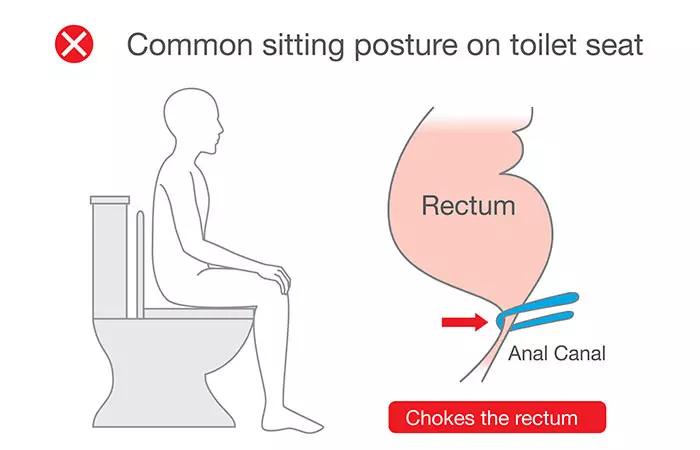
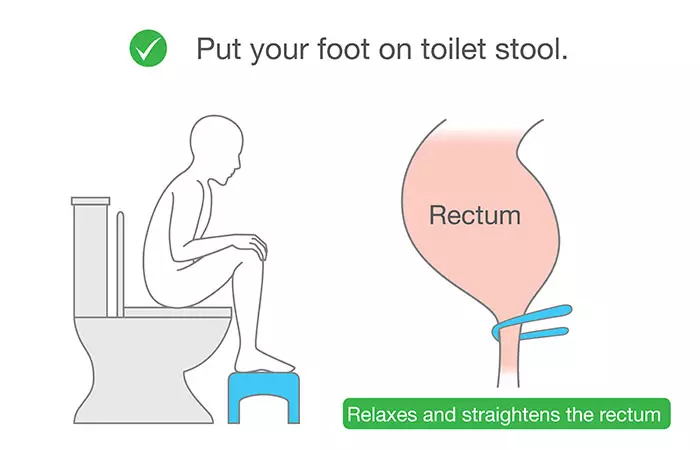

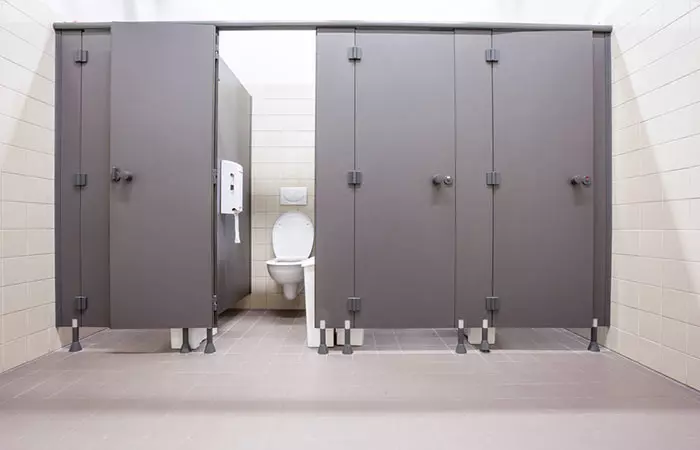




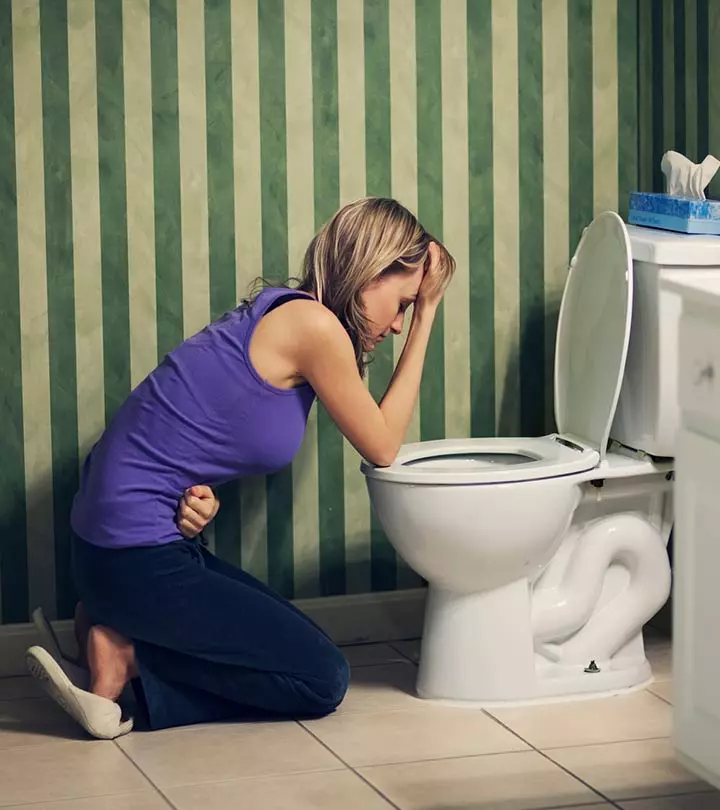
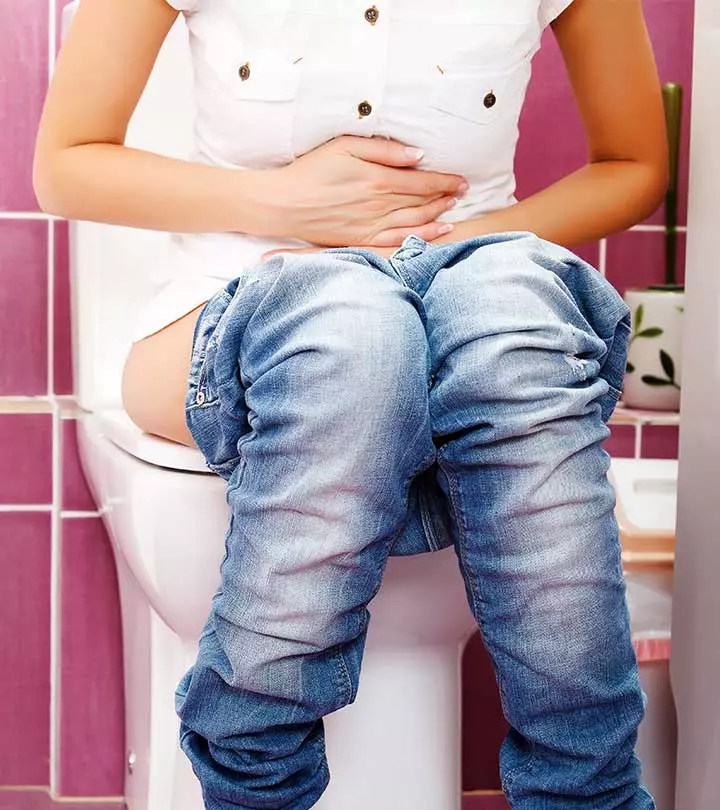



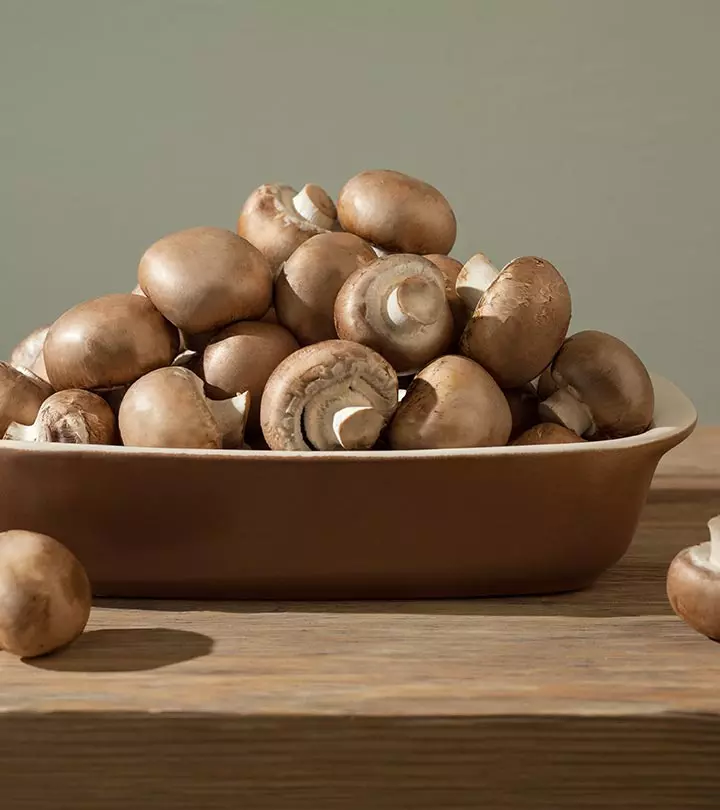













Community Experiences
Join the conversation and become a part of our empowering community! Share your stories, experiences, and insights to connect with other beauty, lifestyle, and health enthusiasts.